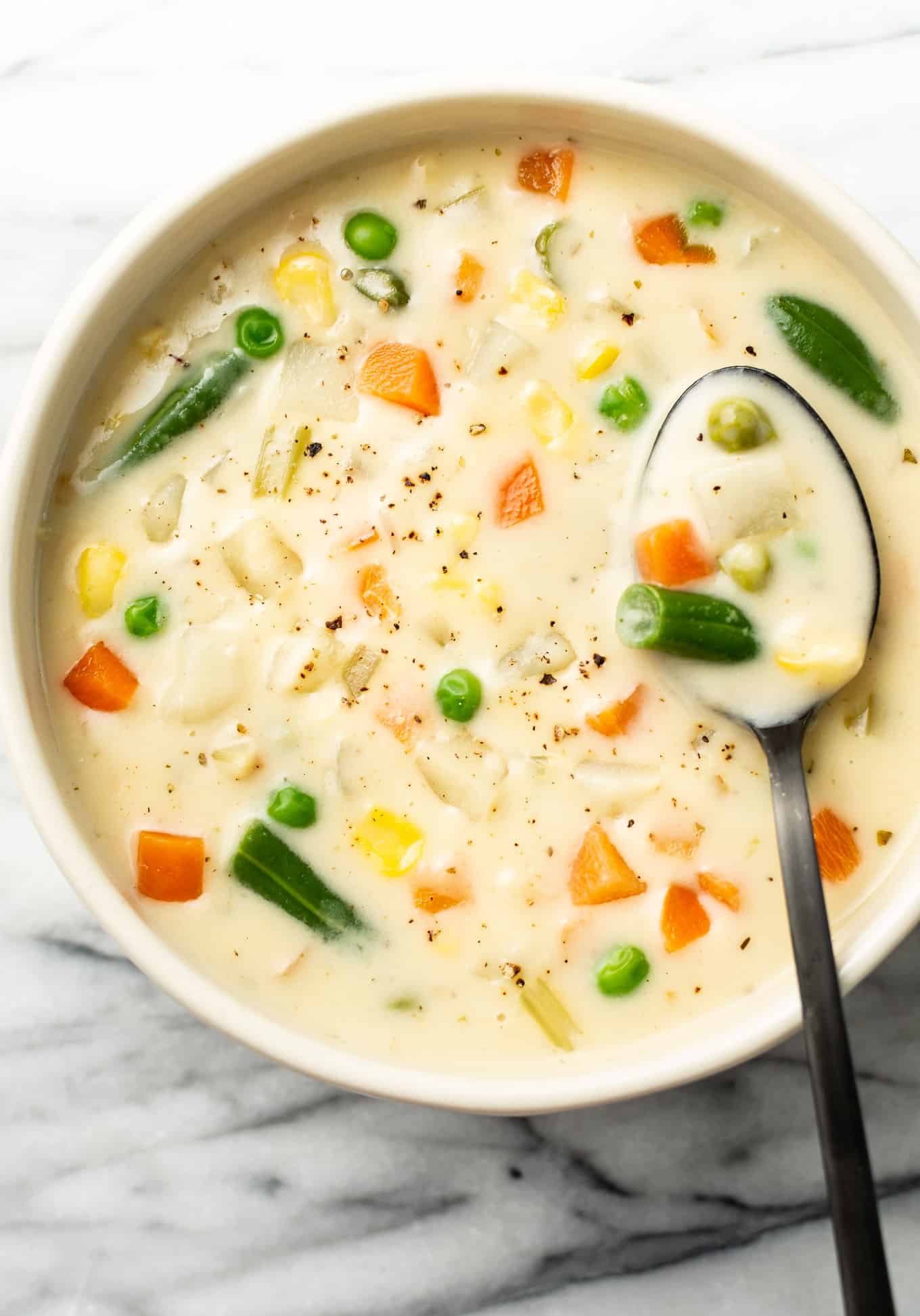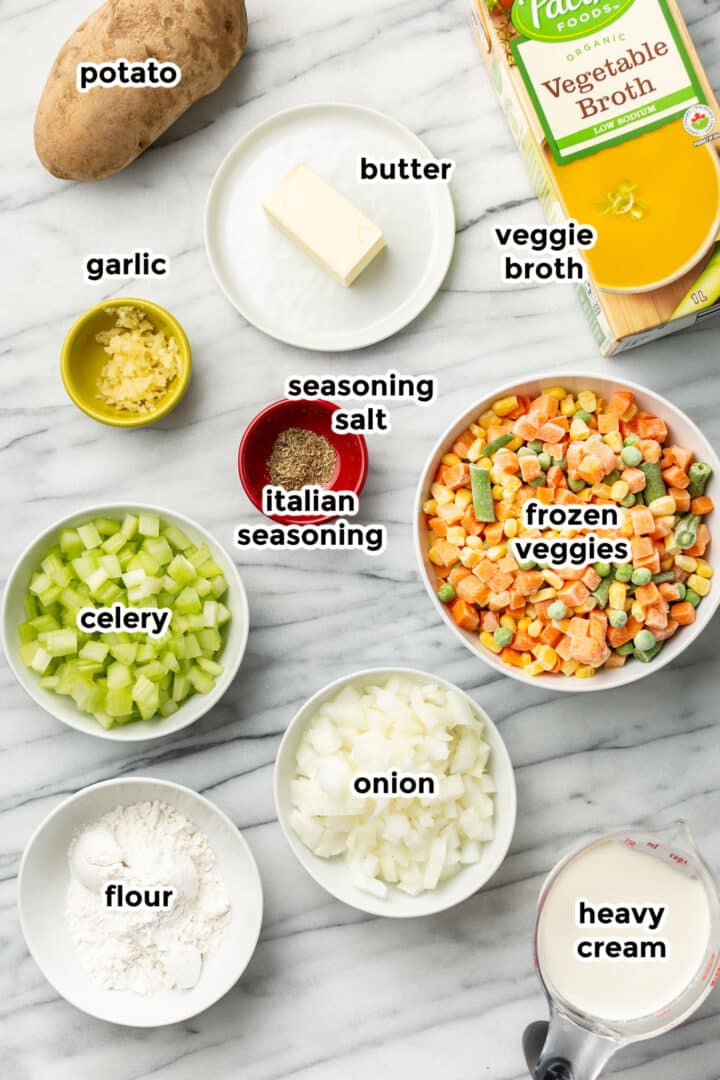Exploring the Caloric Content of Homemade Vegetable Soup with Potatoes
Picture this: a steaming bowl of homemade vegetable soup, brimming with vibrant chunks of potatoes, glistening in a savory broth. This comforting dish has become a staple in many households, offering not only nourishment but also warmth and satisfaction. Yet, for those mindful of their nutritional intake, one question often arises: How many calories does this delectable soup contain?
We’re here to explore the components of this hearty dish, breaking down its ingredients to unveil its caloric content without overwhelming you with nutrition-speak. Let’s dive into the richness of this popular comfort food.

The Base of the Soup: Vegetables
First, let’s delve into the vegetables, the essence of this soup. Typically, a variety of vegetables are included, each contributing its unique flavor and nutritional benefits. Common choices include carrots, celery, onions, and tomatoes. On their own, vegetables are known for their low-calorie density, making them perfect for a filling yet light meal.
Carrots and celery, for instance, are incredibly low in calories. Carrots have about 41 calories per cup, while celery contains a meager 16 calories for the same serving size. These vegetables, along with onions, which add roughly 44 calories per cup, contribute minimal calories while maximizing flavor.
The Heart of the Soup: Potatoes
Potatoes serve as a hearty addition to this soup, adding substance and a creamy texture. Despite the misconception that potatoes are caloric powerhouses, their reputation is somewhat misleading. A medium-sized potato contains about 161 calories, mostly from carbohydrates, which are essential for energy.
To optimize your nutritional intake, consider leaving the skin on the potatoes when adding them to your soup. This not only boosts fiber content but also introduces vital nutrients such as vitamin C and potassium.
Broth: The Unsung Hero
The broth forms the foundation of the soup, tying together all the ingredients into a cohesive, flavorful dish. Whether you choose vegetable, chicken, or beef broth, each contributes its own nutritional profile. Store-bought options vary, but a cup of vegetable broth typically contains 10 to 15 calories.

Opting for a homemade broth can be an excellent way to control sodium content and enhance flavor without adding excessive calories. Making broth from scratch also allows for creative freedom in incorporating herbs and spices to heighten the soup’s complexity.
Combining Ingredients
Combining the above ingredients into your homemade vegetable soup leads to a dish that’s both nutritious and low in calories. For an average serving size of a cup, your soup might contain anywhere from 100 to 150 calories, mainly depending on the portion of potatoes and any additional ingredients like beans or corn that you might decide to include.
For those seeking an even lighter version, consider using less starchy vegetables such as zucchini or spinach, or adding legumes like lentils for a protein boost without significantly affecting the caloric content.
The Benefits of Homemade Soup
Preparing soup at home allows for complete control over the ingredients, ensuring a healthier meal free from the preservatives and excessive sodium often found in canned varieties. Homemade soup not only provides a sense of accomplishment but also guarantees freshness and quality.
Embrace the versatility of vegetable soup; it can be adapted as per dietary preferences and can easily include or exclude items to meet specific caloric goals. Whether enjoyed as a starter, a main dish, or a snack, it’s a culinary staple with both soul and substance.
Next time you find yourself yearning for comfort, consider homemade vegetable soup with potatoes. It’s more than just a meal; it’s a celebration of wholesomeness, offering warmth, flavor, and nourishment in every spoonful.














